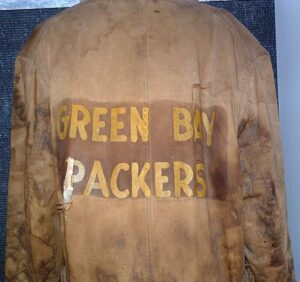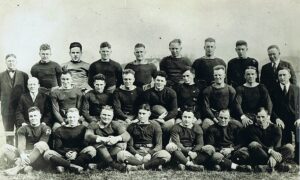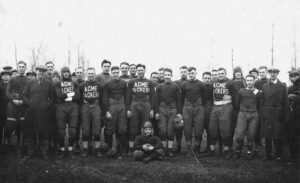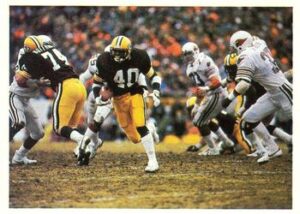
The Green Bay Packers originated on August 11, 1919, co-founded by Curly Lambeau and George Whitney Calhoun. Lambeau secured funds for uniforms from the Indian Packing Company, where he worked, receiving $500 and permission to use company grounds for practice. Initially considering the name “Indians,” Lambeau opted for “Packers” on the suggestion of his girlfriend, Agnes Aylward.

Their inaugural 1919 season, led nominally by Willard “Big Bill” Ryan, saw Lambeau, as captain and starting halfback, assuming coaching responsibilities during games. The Packers, under Ryan and Lambeau, achieved a 10–1 record, dominating opponents 565–12. Post-season, Ryan resigned, and Lambeau became player-coach for the next 29 years. The 1920 season mirrored success with a 9–1–1 record.

In 1921, the Packers joined the American Professional Football Association, bought by the Clair brothers. However, league revocation followed due to the use of college players in an exhibition game, exposed by George Halas, initiating the Packers-Bears rivalry. Lambeau appealed, paying a league entry fee for the “Green Bay Blues.” Financial struggles continued in 1922, with near-bankruptcy looming, but local support formed the Green Bay Football Corporation in 1923, securing the franchise’s future.

Be the first to comment